- Lions in the Piazza
- Posts
- Rome, Domes, and Crazy Emperors
Rome, Domes, and Crazy Emperors
Hello and welcome to our newsletter! We’re working on posts from our May trip to Turkey, and getting ready to head back to Italy in September. Between Istanbul and Rome, 2024 is turning into the Year of Many Domes. This seems like a good time to begin a new series on the dome, starting with some favorites in the Italian capital. We’ll follow with some reading recommendations and wrap up with a quiz on outrageous Roman emperors.
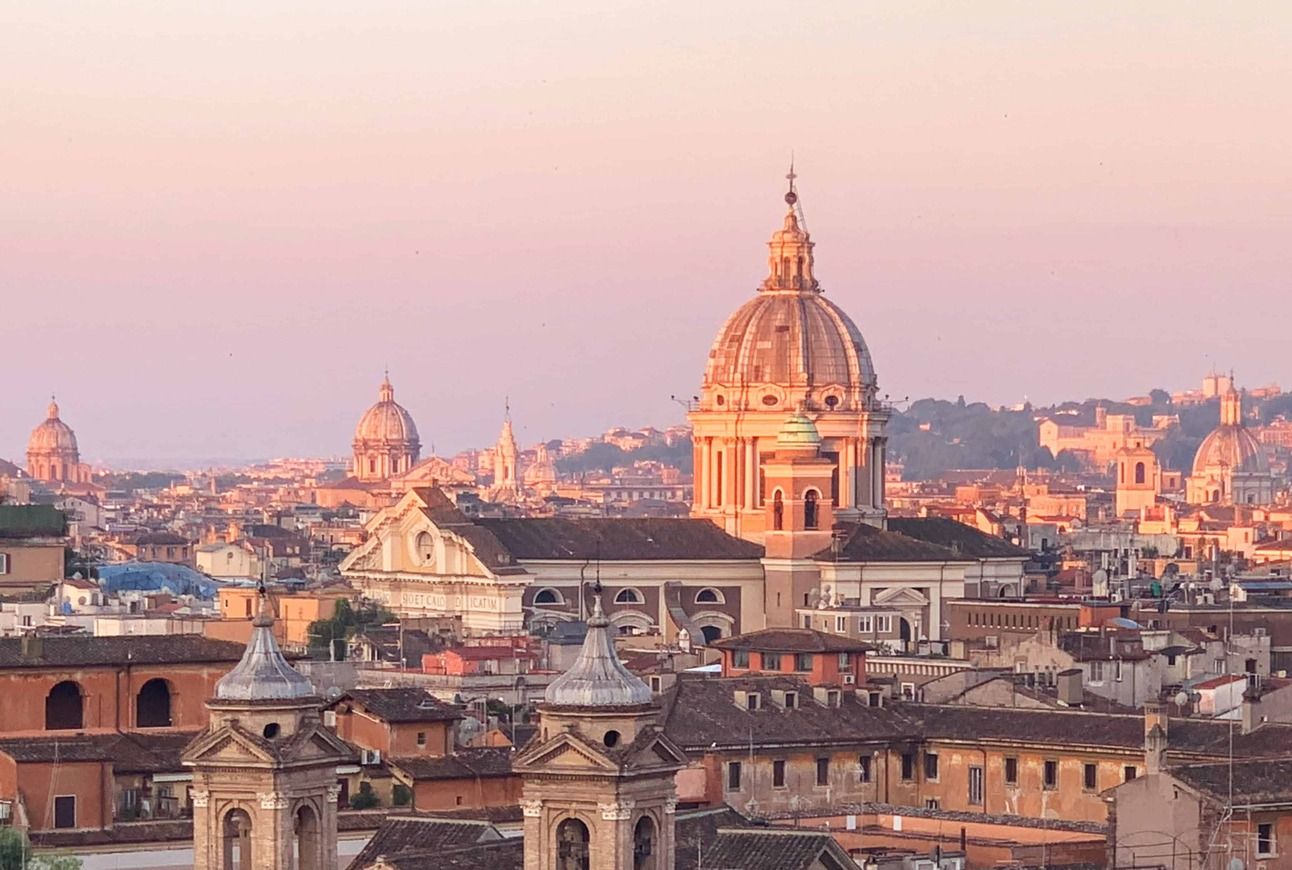
Roman Domes
The Pantheon
Ancient Romans were the first to build domes on a monumental scale, though it took them a while to figure out how to do this properly. They’d been using arches to create aqueducts and bridges for centuries, but massive domes are much more complicated.
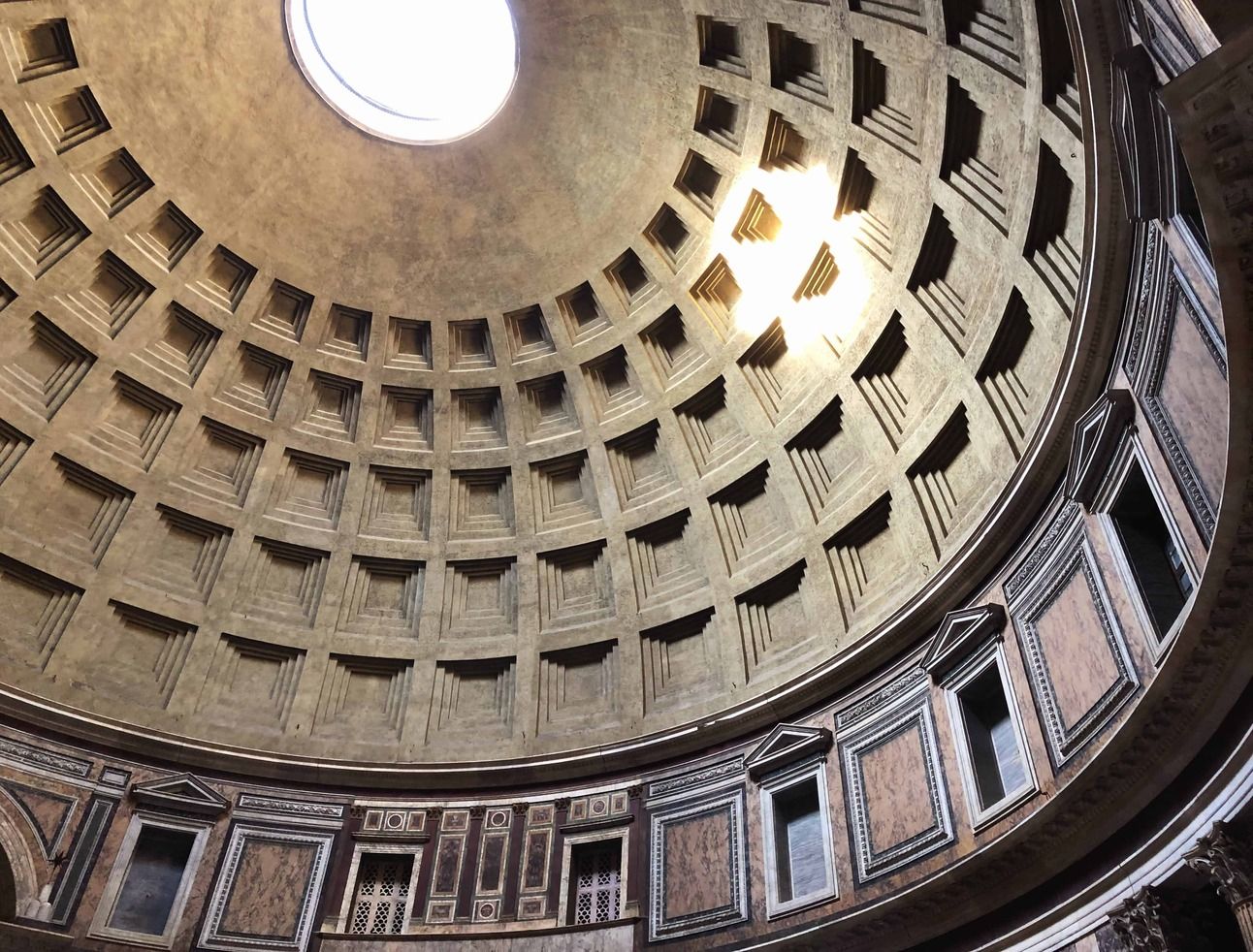
The granddaddy of all domes stands out from anything built before. The dome is all but invisible from outside, which makes walking inside a visceral surprise, even if you know it’s there.
The Pantheon’s dome works because mass is concentrated in specific places. It’s thicker at the bottom: 23-meter foundations taper to a thin ring at the top. Roman engineers also developed a lattice system to create ribs with light areas between them, resulting in the indented squares called coffers.
Baths of Diocletian (Santa Maria degli Angeli)
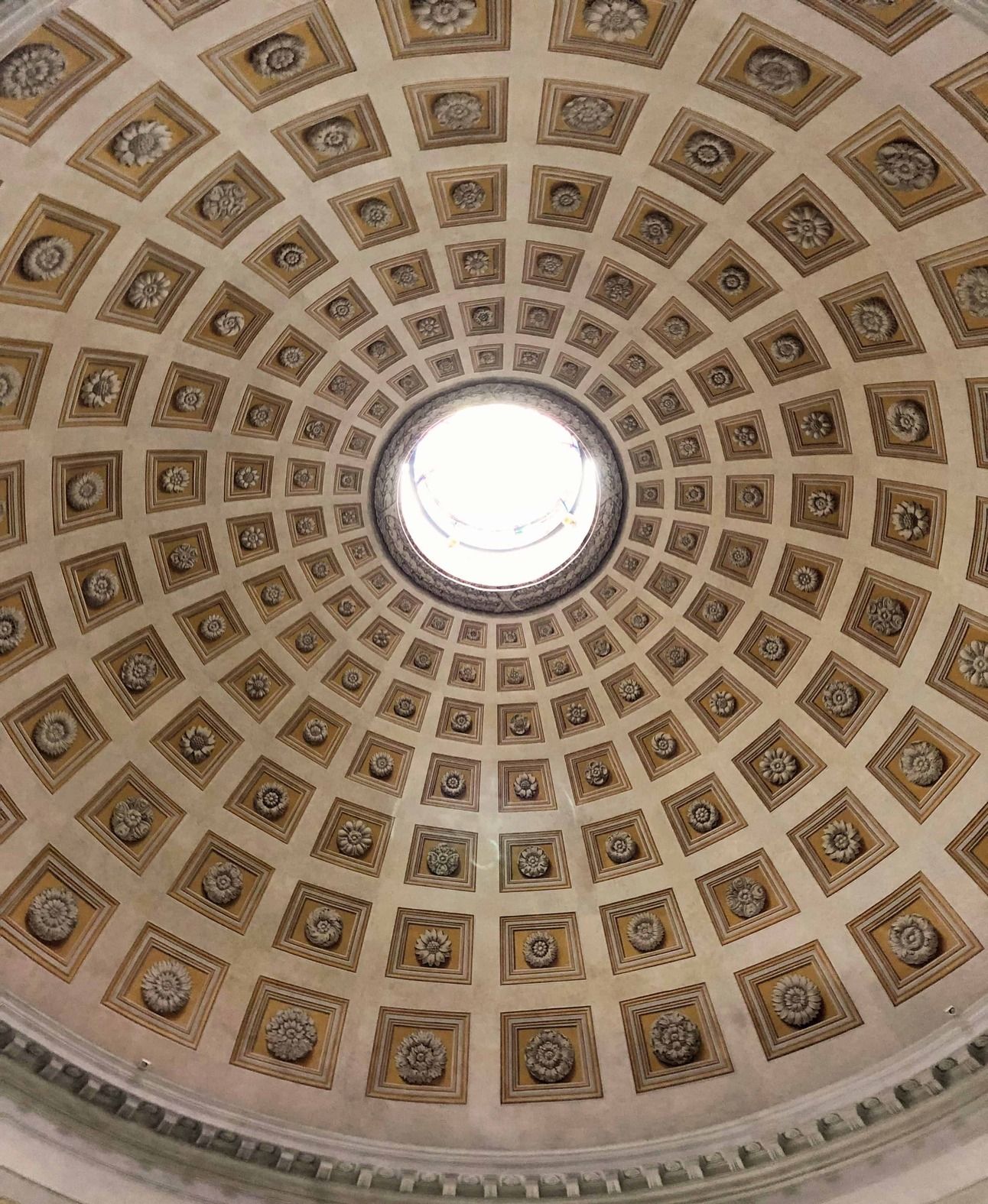
In ancient times, large domes were especially useful for public bath complexes. Michelangelo helped restore the Baths of Diocletian even as he transformed part of it into the Basilica di Santa Maria degli Angeli. The vestibule incorporated a dome over the former frigidarium (cold room), complete with trompe l’oeil coffers.
Tempietto
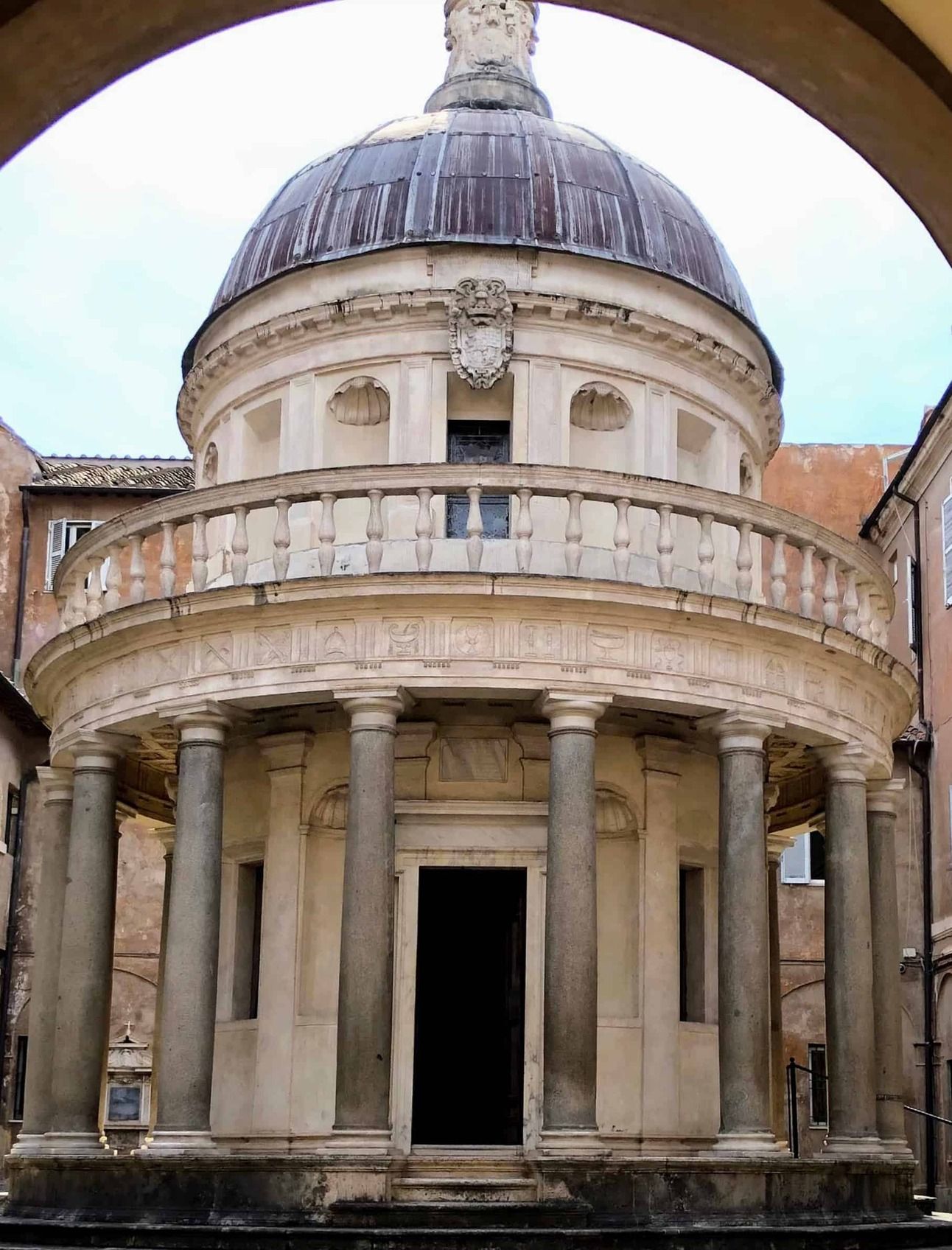 | 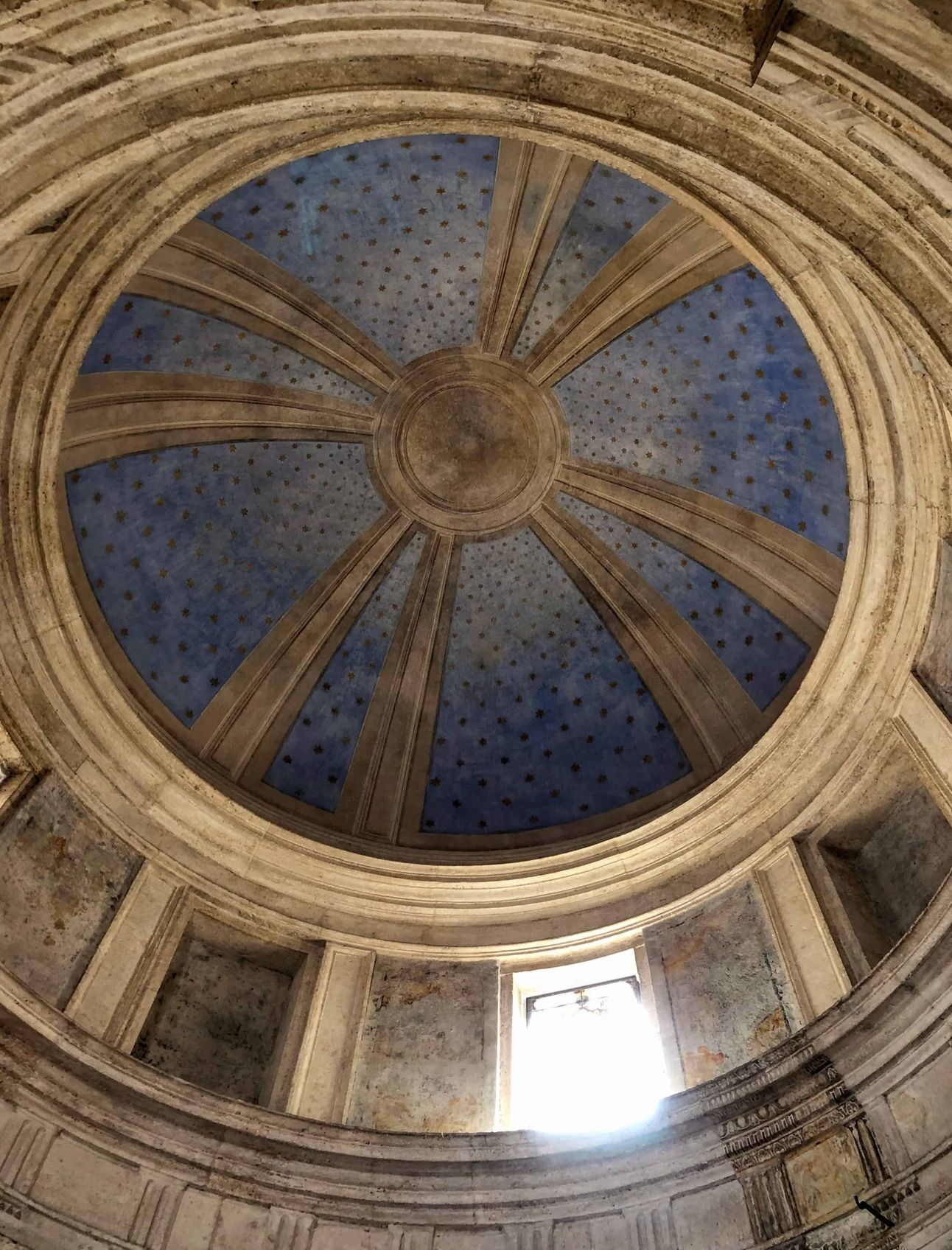 |
Renaissance architect Bramante’s iconic Tempietto was inspired by the Temple of Hercules Victor, with the addition of a dome on top. Unlike so many Italian domes, this one was not covered in Christian frescoes on the inside. Instead, the blue background and stars evokes the ancient concept of a dome as a model of the heavens.
Dome of St. Peter’s Basilica
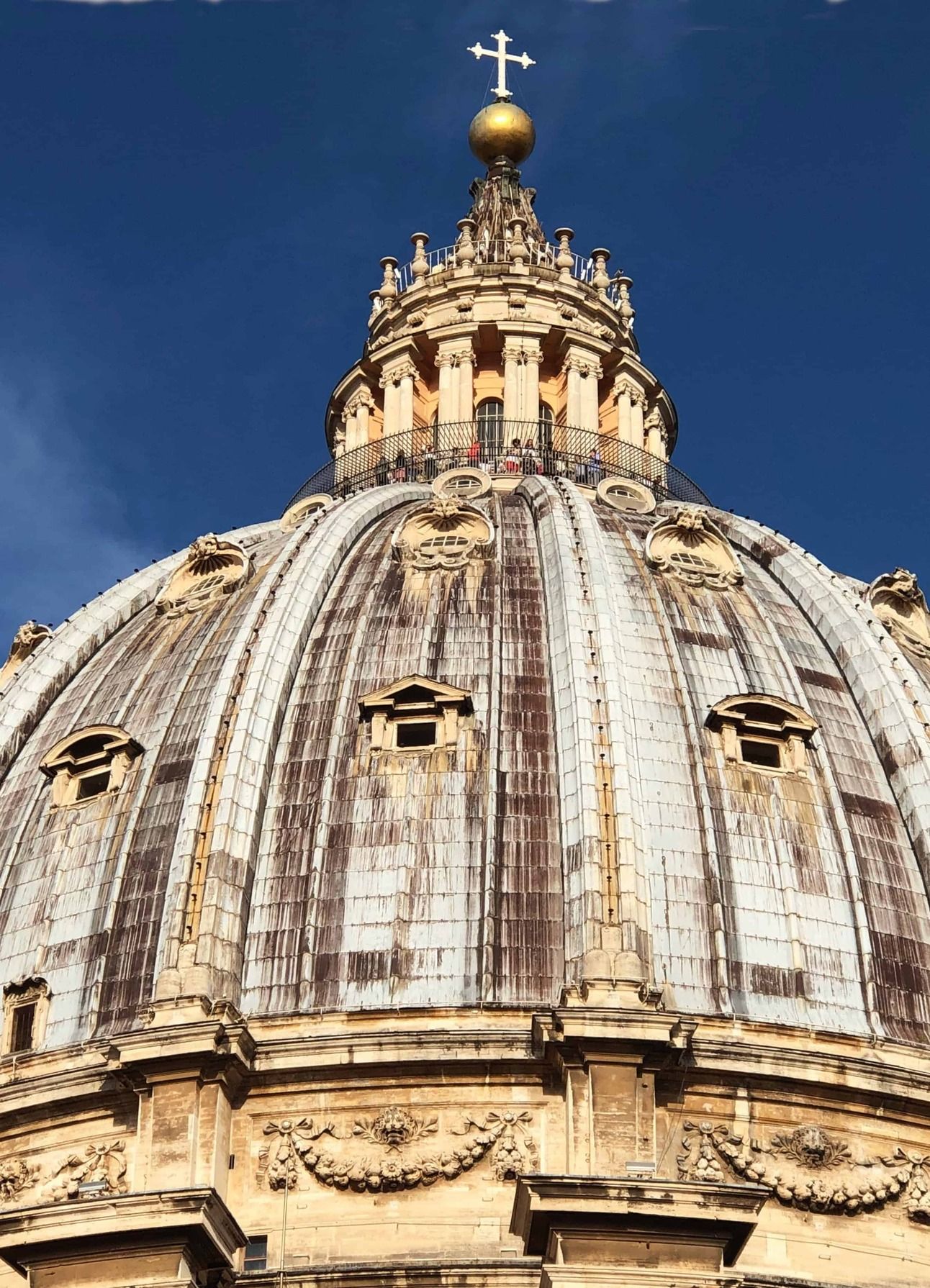 | 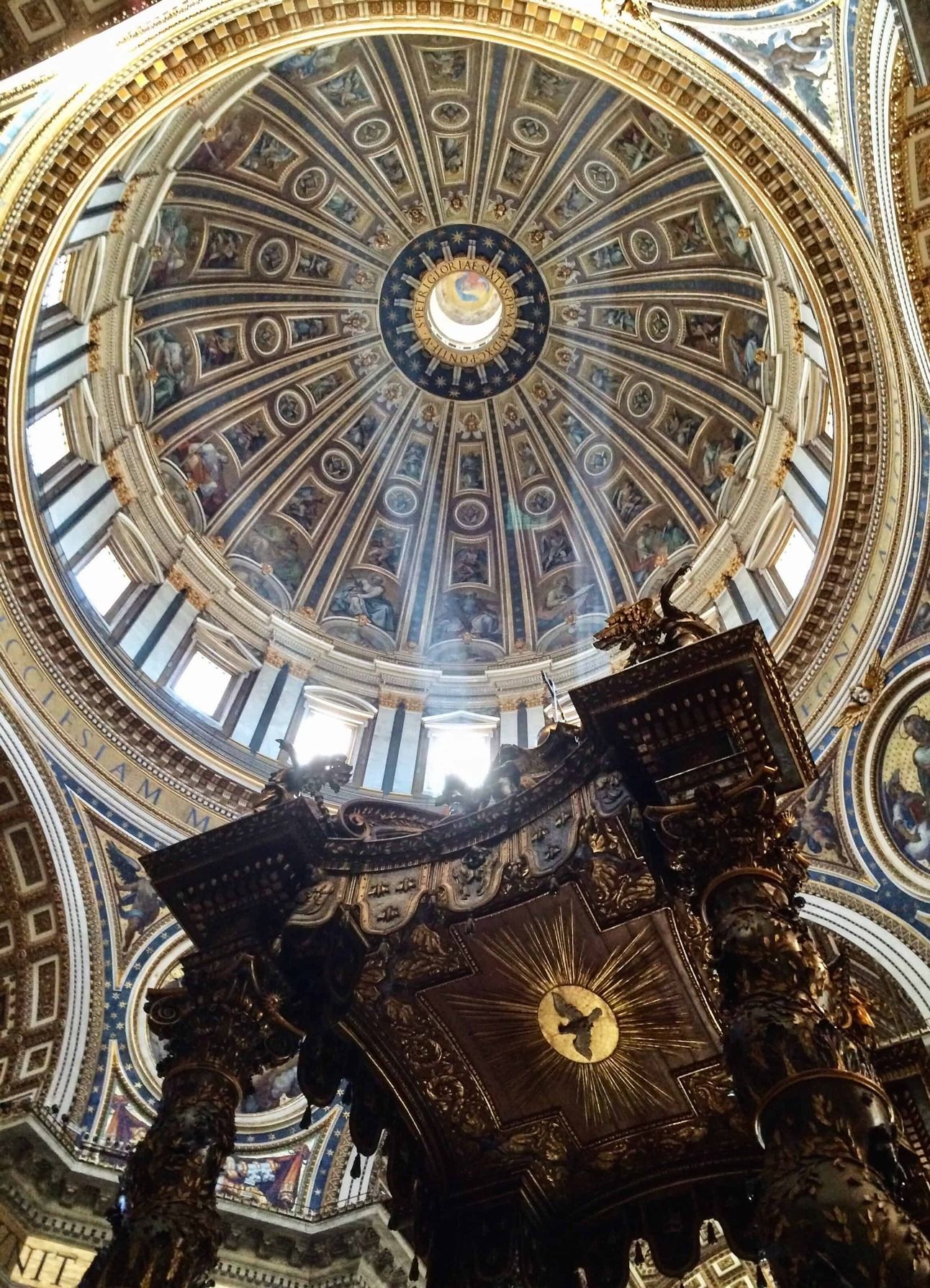 |
Michelangelo’s dome for Saint Peter’s became the template for Western domes for centuries. Like Brunelleschi’s design in Florence, the two-shell design allows visitors to climb to the top via hidden stairs. However the Roman church also permits walking around the dome on the surrounding roof. Smaller hemispheres popping up around it emphasize the epic scale.
San Carlo alle Quattro Fontane (San Carlino)
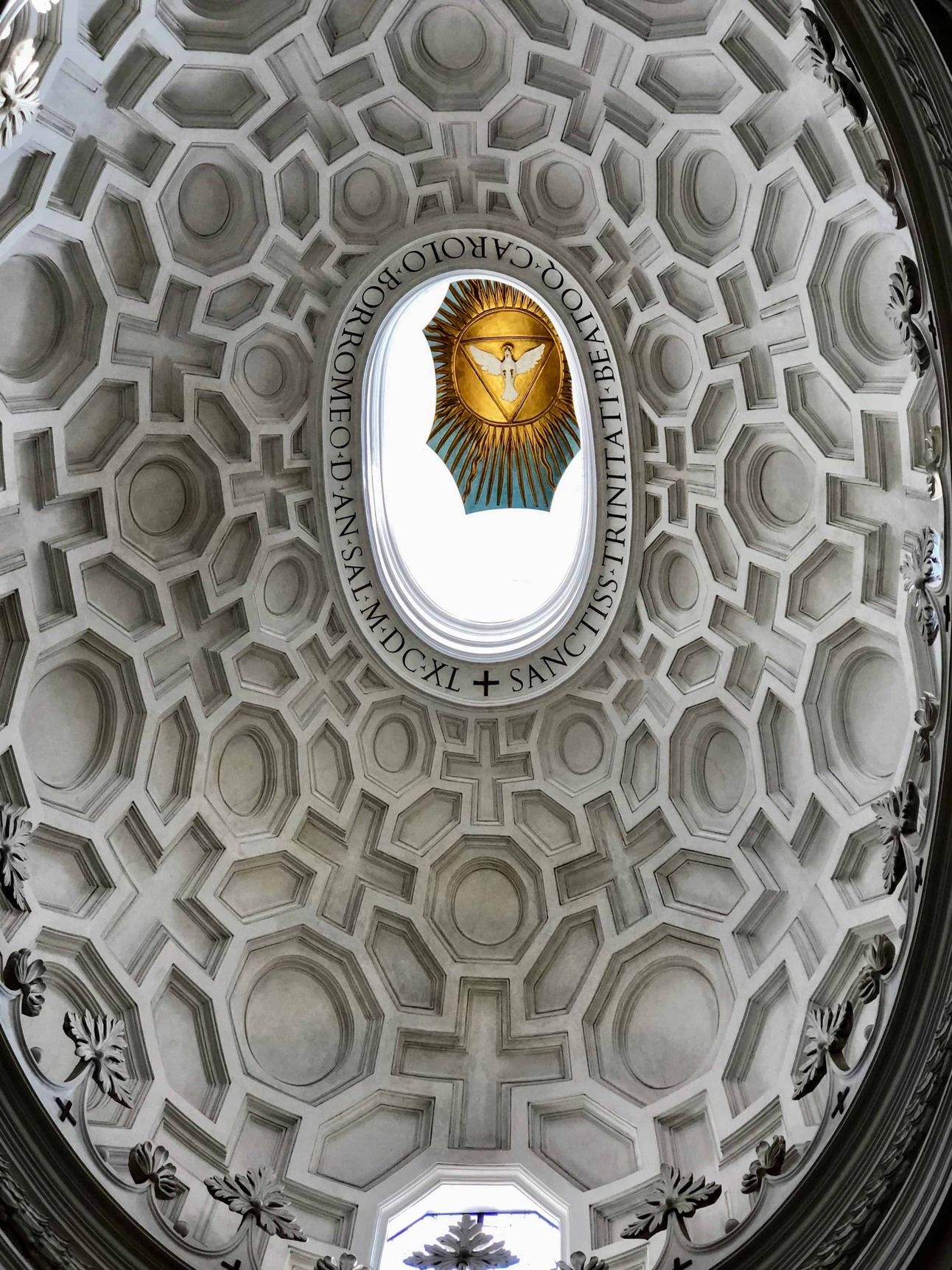
Baroque architect Francesco Borromini’s first independent architectural commission, this little church was already light years beyond his contemporaries’ designs. The deep coffering of its oval dome gives plenty of drama – especially when it uses interlocking crosses, hexagons, and octagons instead of traditional squares.
Chiesa di Sant’Ivo alla Sapienza
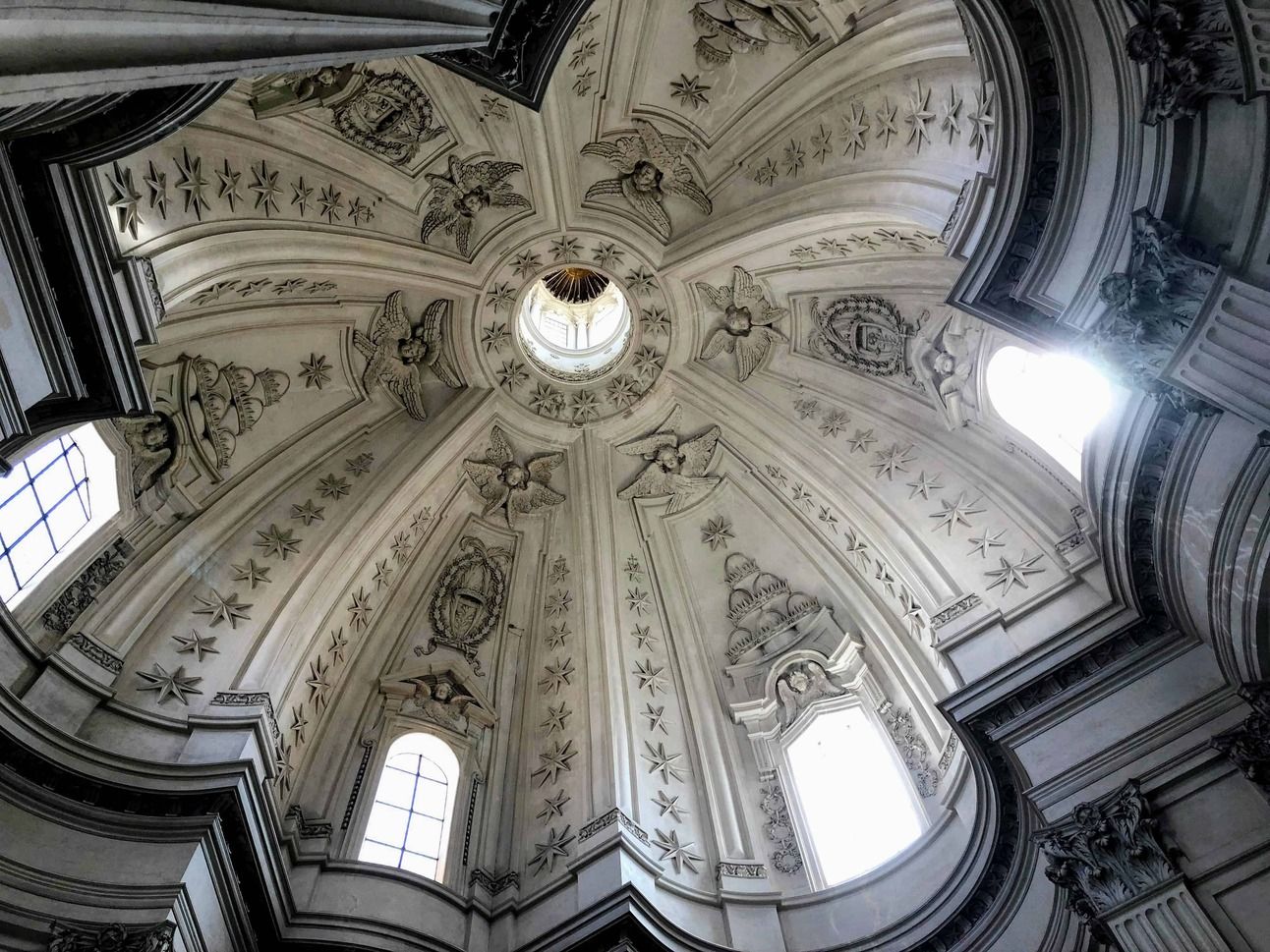
Other architects eventually copied Borromini’s exterior forms, but Sant’Ivo’s interior remains unique. The design might be based on an equilateral triangle pierced by circles, but it feels like a flower. Extra-tall walls emphasize the floor plan’s intricate shape, and it all goes crazy on top. The decorative elements represent the three popes presiding during the building’s construction: the bees of Urban VIII Barberini, the dove of Innocent X Pamphili and the stars of Alexander VII Chigi.
Reading and other recommendations
Our next trip to Rome will be focused on ancient sites, including the Domus Aurea, Hadrian’s Villa, and Ostia Antica. We’ve been rewatching HBO’s series Rome and several Mary Beard documentaries. Meanwhile we’re also burning through Robert Harris’s Cicero trilogy, and rereading some of Colleen McCullough’s mammoth Masters of Rome books.
Roman Emperors: a quiz
Mary Beard provides a hefty dose of colorful anecdotes as well as her usual insightful analysis in her latest book, Emperor of Rome: Ruling the Ancient Roman World. We’ve collected some of the most scandalous stories here; you’ll have to read the book to find out how accurate they are. Answers are listed at the end.
1. Who brought his soldiers into formation in preparation for a battle – and then ordered them to collect seashells on the beach instead?
(A) Nerva (B) Caligula (C) Tiberius
2. Who showered his guests with so many flower petals that they suffocated?
(A) Elagabalus (B) Marcus Aurelius (C) Claudius
3. Who was assassinated while peeing?
(A) Tiberius (B) Caracalla (C) Vespasian
4. Who terrified dinner guests by marking their places with custom tombstones in an all-black dining room, then speaking of nothing but death while black-painted slaves served food normally offered to the dead?
(A) Severus Alexander (B) Tiberius (C) Domitian
5. Who had his own portrait painting over 35 meters tall?
(A) Titus (B) Trajan (C) Nero
6. Who provided his favorite racehorse with its own house including a marble stall, ivory manger, and a dedicated set of slaves?
(A) Caligula (B) Trajan (C) Elagabalus
7. Who had a rotating dining room?
(A) Hadrian (B) Nero (C) Caligula
8. Which emperor was represented in an estimated 25,000-50,000 statues across the empire?
(A) Augustus (B) Caracalla (C) Nero
9. Who had reflective stone added to the walls so that he could see anyone approaching him from behind?
(A) Commodus (B) Septimius Severus (C) Domitian
10. Whose acting performances were so ghastly that some people pretended to be dead in order to escape without giving offense?
(A) Severus Alexander (B) Claudius (C) Nero
ANSWERS:
1 B, 2 A, 3 B, 4 C, 5 C, 6 A, 7 B, 8 A, 9 C, 10 C